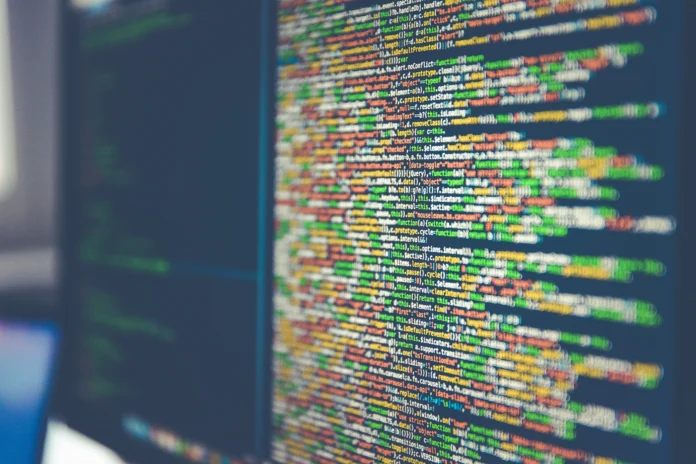A vast data breach has taken place online, resulting in the exposure of approximately 16 billion usernames and passwords. It is over twice the number of people living on the planet. The breach was caused by a type of malware known as infostealer malware. This recent breach has been linked to many platforms, including Facebook, Google, Apple, and many other online services. Below is the full story, what it means, and how you can protect yourself.
What Caused the 16 Billion Password Leaked?
The password leak occurred for two main reasons; infostealer malware and databases with weak security. Infostealer malware is a malicious software that runs on a device and collects login details, credit cards, and other private data from a device. The hackers utilize that data and compile it with the other stolen data into a file on an unsecure server or cloud account. These insecure systems make it easy for others to access if they have the right resources.
Which Platforms Are Affected?
The passwords’ leaks included logins to major sites, including Facebook, Instagram, Google, and Apple. It can also affect work systems such as VPNs and even government sites. No online service is completely secure. With potentially millions or billions of users now potentially at risk . These problems could arise in stolen accounts, identity theft, or money theft/fraud.
What Is Infostealer Malware?
Infostealer malware can travel through phishing emails, infected downloads, and unsecured websites. Once it gets inside your device, it works in the background and silently records your keystrokes, screenshots of your activity, and any copied text. This allows hackers to steal not only passwords but also login tokens/cookies (identity tokens) and similar data to avoid 2-step verification.
What Happens After Passwords Leaked or Stolen?
After successfully stealing your login credentials, cybercriminals sell or exchange that data for other criminal activity on hidden, unidentifiable websites. Others can then use that identification data in “credential stuffing”, where they use your usernames and passwords on various websites to see if they work. Even if the majority fail, if a few succeed, they can compromise thousands of accounts. Compromised accounts that can assist with different types of scams, ransomware attacks, etc., or allow observation of a company’s accounts/activities.
How Leaked Passwords Benefit Hackers?
When 16 billion passwords are exposed to hackers, they have a lot of ways to hurt people. They can use stolen credentials to access accounts, steal personal and financial information, and send scams or fake messages purporting to be you. With a victim’s account access, the hacker can do anything, like steal money, change account settings, or simply lock the real user out.
Different Methods of Using Stolen Passwords
Credential stuffing is a common method a hacker can use. Because most of us share passwords between sites and services. Hackers can use a leaked login for many different sites, with the help of specialized tools, to quickly gain access to multiple accounts. A brute force attack is another method that hackers use. They just try to keep guessing passwords until they are able to log in.
What to Do Immediately If Your Passwords Are Leaked?
If you have any reason to believe that your passwords may have been leaked in a data breach, the best thing to do is to act quickly. This means changing your passwords, starting with the more important accounts like email, bank, and social media. It is also recommended to create and save strong, unique passwords for each of your accounts. Be sure to enable multi-factor authentication (MFA) on all sensitive accounts. Adding these extra steps makes it more challenging for someone to use your password.
To sum up, the 16 billion passwords leak is a deeply concerning reminder that there is a danger of infostealer malware still operating and stealing login details. By taking time to understand how they work and practicing everyday methods of safety, you can significantly reduce your odds of being a victim. Stay alert, continue to expand your knowledge, and make cybersafety a daily practice.


